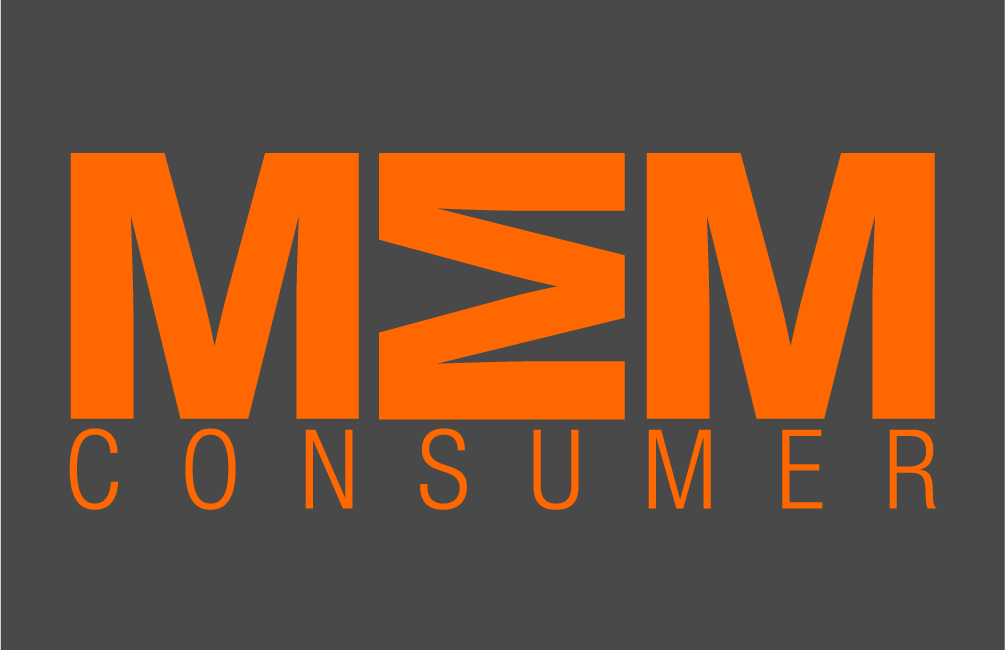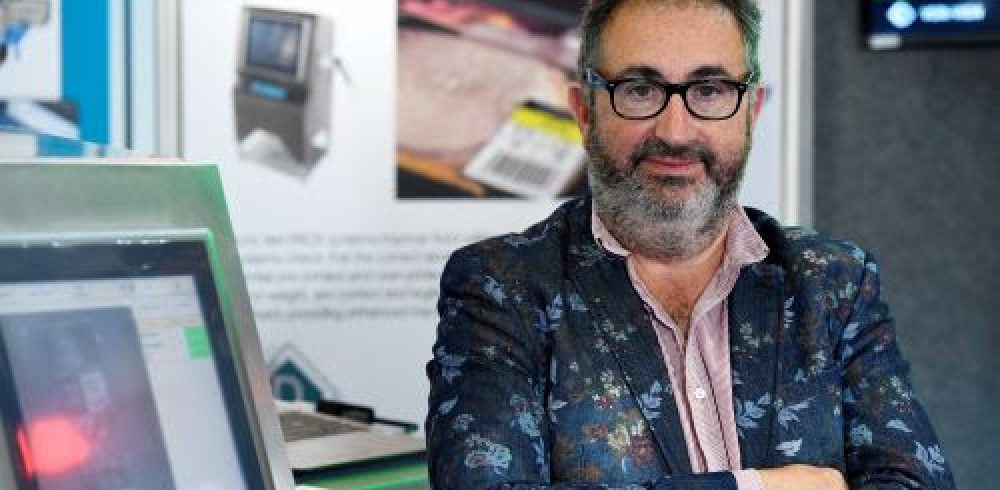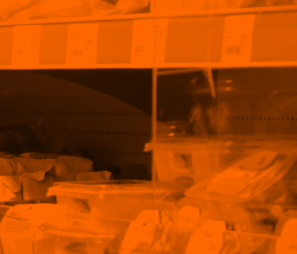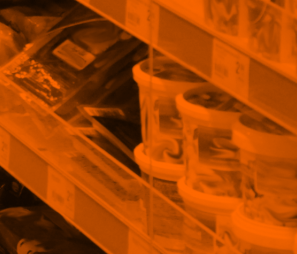With skeleton food safety crews, a leaner post-Brexit quality control workforce and Food Factory Managers wearing multiple technical hats, JentonDimaco Director Dr Russ Sion explores how a ‘belts & braces’ approach to label verification can save overtasked technical professionals sinking under the compliance and cost controls pressures.
Food factory managers today are carrying the weight of responsibility on their shoulders. Staffing; hygiene; allergens; contaminant detection; inflationary costs; energy price uncertainties; higher salaries; productivity; waste management; process controls; farm to fork traceability; and of course label compliance. The food production frontier is certainly a very daunting, more stressful and pressurised operational environment for senior technical personnel and factory managers today.
Wearing multiple hats and juggling countless responsibilities, it’s enough to make the most organised and cautious senior food factory managers feel overloaded.
While adopting a belt and braces approach may appear unfashionably excessive to some, with demands continuing to climb, introducing a robust risk-based automated label verification strategy can collectively tick multiple conformity and compliance boxes in one go.
Eager not to get caught baring their compliance undergarments and the brunt of any ensuing finger-pointing Emergency Product Withdrawals (EPWs), food factory production managers are recognising the swift rewards of automating label verification processes.
Fact over fable
Parading a seemingly robust manual quality control process or smart camera label checking solution can be much like the ‘Emperor’s New Clothes’ folktale. A factory may catch the occasional mis-labelled product. Yet, this reliance on human sensory testing – how ever good it might appear – still leaves food processing sites unwittingly exposed and can promote a false façade and sense of compliance complacency.
For an industry that’s awash with productivity buzzwords and procedural hype, there remain multiple interpretations of good manufacturing practice. While having a manual label inspection process is clearly better than none, it’s open to falsifications and human error. Not to mention the challenge of resourcing and allocating several responsible and fully trained technical team members dedicated to this repeatable task for an estimated of 30 percent of every shift.
Additionally, what may suffice when inspecting small batches, certainly doesn’t stand up to retailer scrutiny in mass-production food environments where each line can be inspecting in excess of 150 packs per minute. “The notion that manual label checks is a sustainable process in this day and age is no more than a foolhardy proclamation. The label inspection results are also subjective. Even the most carefully documented inspections, are limited to random checks, and certainly cannot spot any embedded label errors.
“From a strategy perspective, it may appear like the thrifty option. Yet, just one EPW is all it takes to completely eradicate brand value,” exclaims Russ.
Frequently positioned as the alternative to manual inspections are vision systems. As advanced as these cameras are at capturing label information, taking a picture is only half of the quality control narrative. As a minimum a system should have a good OCR to read text and printed characters, as well as 1D, 2D and data embedded codes. Many do not, instead relying on an off the shelf vision toolbox with inherent compromises!
Without connecting industrial vision systems to a reliable and validated data source, these label inspection systems can generally lack material substance.
“Checking the image quality and presence of a printed label is essentially only half the story and could be futile and non-compliant. Particularly if the production and retailer source data that food labels are being checked against isn’t correct or the most up-to-date version,” explains Russ.
The most common label integrity assumption, recounts Russ, is when processors invest in a high-end vision system, but still rely entirely on production operatives to manually input data from a spreadsheet into a lineside terminal. Compared to a fully-compliant offline or online JentonDimaco label verification system, inputting data manually will not deliver anything close to the same data integrity benefits.
Russ cites the example of an operative diligently setting a printer up to print a use-by date of ‘Feb 30’. With the camera set up to verify ‘Feb 30’, all appears good. This so-called verification system is doing its job. Merrily passing all the packs, sending them out the warehouse door to retailers unaware of any issue!
Transparency sewn up
A true automated label verification system will not compromise on any aspect of performance. That’s why JentonDimaco adopts a ‘belts & braces’ approach, to prevent a food processor being caught out.
Aside from the contractual fines which can easily run into tens of thousands of pounds, the brand damage and reputational risks caused by an EPW can rapidly multiple. In the worst case reaching into the millions, cautions Russ. He suggests that just one prevention of a label EPW can pay for a decade of robust Dimaco label verification protection.
“A ‘belts & braces’ automated approach to label verification can accelerate the verification process, catch mis-labelled products before they leave the high care environment, enabling product to be reworked and re-labelled. This in turn reduces food waste, which as well as protecting profits, also plays a significant role in safeguarding the environment.”
Describing it as better than an insurance policy, Russ likens a Dimaco offline and online automated label verification system to a fire alarm or sprinkler system. Alerting factory managers to a potential issue long before any irreversible damage takes hold in the publicdomain. Catching mislabelled products at this phase can be the difference between the cost of reworking several dozen products to a retailer fine, recall, brand damage, and potentially tonnes of good fresh produce being thrown away at a considerable cost to the environment.
Russ clarifies: “Label mistakes may still happen. However, what both and offline and online JentonDimaco label verification systems will do is find and take corrective action before a product range leaves the factory. Preventing a humiliating public disgrace and integrity challenge by those that wield the greatest power – the retailers.”
Data detox
Shaping up and cleansing the data is the most critical and time-consuming aspect of the entire label verification process. It comprises all of the primary data, the processing data and, to close the loop, all of the MRP label verification data.
Every one of the ‘rules’ has to be configured on a product by product basis. It’s a massive undertaking. But one that JentonDimaco experts manage entirely for customers. Once this total data overhaul is complete, food factories have a fully automated, cleansed and integrated variable and non-variable data blueprint that can grow and adapt as their business evolves.
Russ expands: “JentonDimaco label verification systems are the most efficient way to authenticate all aspects of data and artwork on food retail labels including price, barcodes, use-by dates, promotional labels and artwork revisions. All of this data is verified against a master specification held on the JentonDimaco Veri-CENTRAL server, which sources data from each food manufacturer’s MRP server or production spreadsheets.”
When live, every single label passing along the production line is automatically checked against the Veri-CENTRAL blueprint. There are no printed spreadsheets, realms of Production Product Check Sheets, or human intervention required. Products with good labels continue down the line, badly printed products and those with missing labels are rejected for investigation, whilst incorrect data will stop the line.
Every time a supermarket makes a label adjustment during the production run, for example to a price, the JentonDimaco Veri-CENTRAL server will pick this up instantly. This information is then automatically relayed to every Veri-PACK labelling system within seconds and the action taken documented on Veri-VIEW.
Cleansing and rolling out this seamless data flow along with automated label reading tech is less convoluted than most anticipate. Rather than adding another layer of complexity to already overloaded factory managers, the JentonDimaco team creates a ‘belts & braces’ rollout roadmap factoring in all the macro-risks to eliminate disruption and production downtime.
Typically, this involves getting all the IT systems running in parallel, installing the equipment at night or over the weekend, running paper based systems for several weeks simultaneously while the workforce undergoes training, before switching over. “True label verification competence which verifies 100 percent of the data against every single product pack is the secret to food label compliance success. It requires an upfront investment, yet the ROI is undoubtedly swift,” states Russ.
Richard Canvin, CEO of Dovecote Park, agrees with the need for automated label verification, offering the following comment: “With the increasing pressure on all resources, the JentonDimaco label verification system removes one critical area of concern for us, ensuring that 100% of the products we produce are correctly labelled.”
Manufacturing & Engineering Magazine | The Home of Manufacturing Industry News















